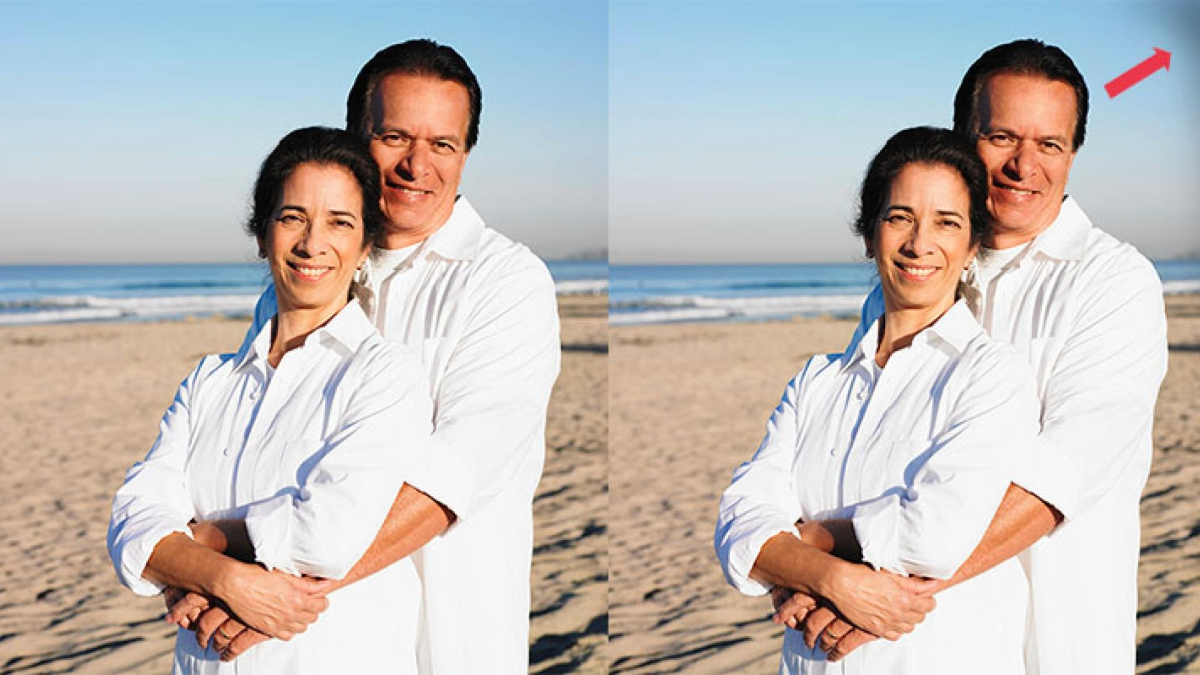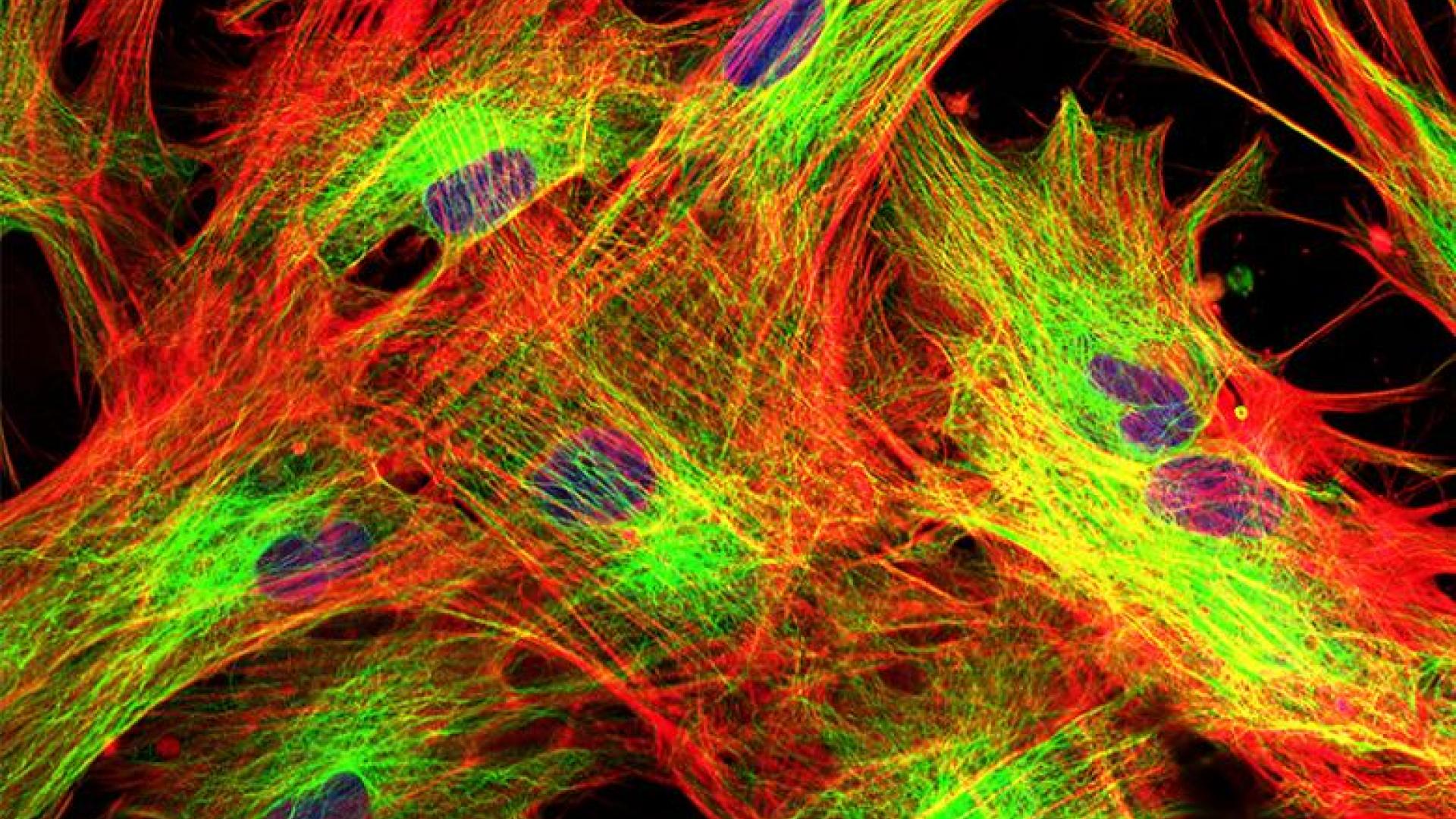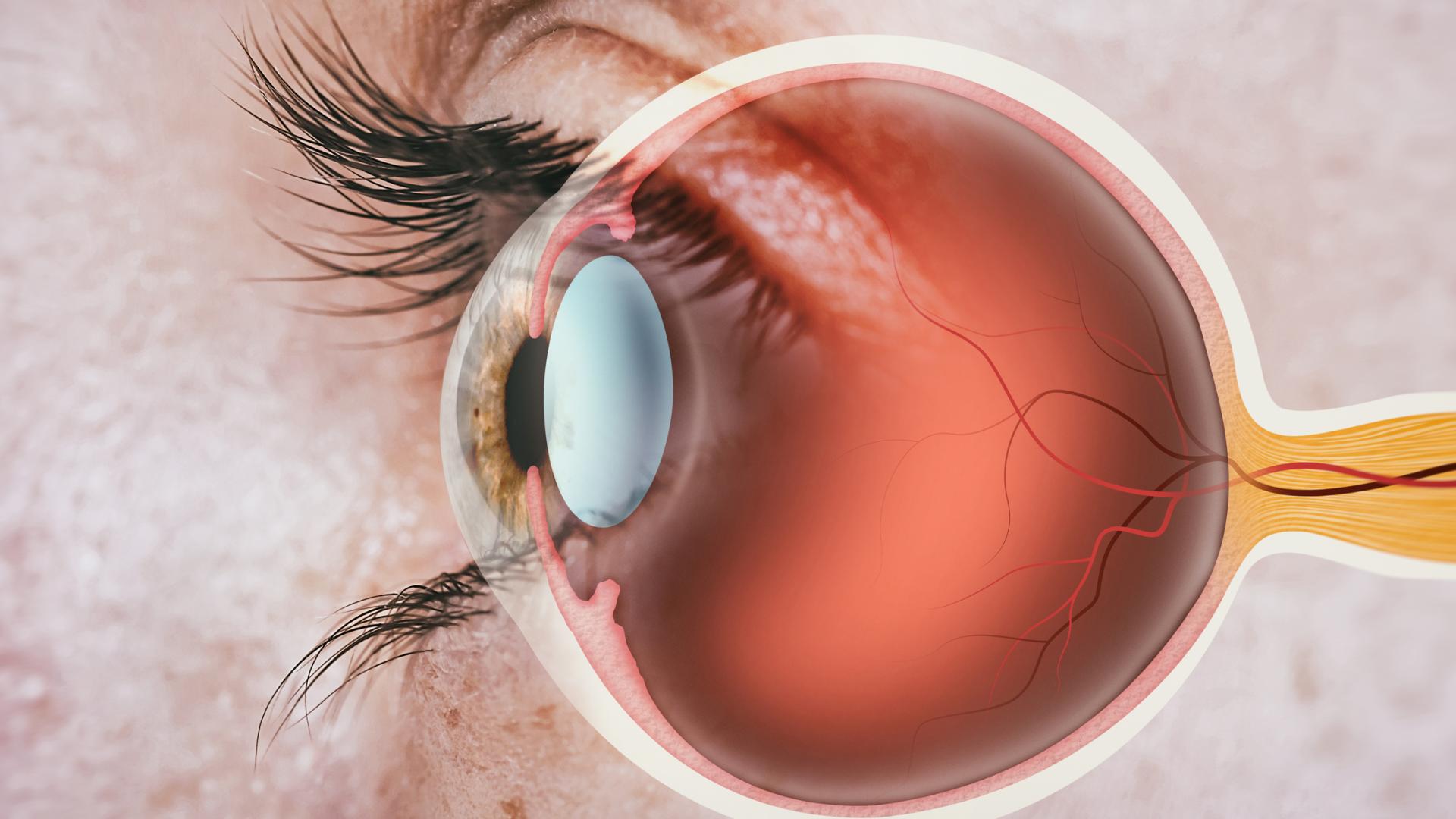
Learn why open-angle glaucoma, often called the “silent thief of sight,” rarely causes symptoms in the early stages of the disease.
The loss of vision from open-angle glaucoma typically starts from the peripheral visual field, or “side vision,” which means it is often unnoticeable.
Only in moderate stages of the disease do these side vision deficits become more noticeable, but even then some patients do not know notice the symptoms. If one eye is more affected by glaucoma than the other, the healthier eye compensates since most visual activities involve the use of both eyes. Furthermore, only in late stages of glaucoma is the central vision affected, which means that many patients with advanced glaucoma still have 20/20 vision in the center. Because of this lack of symptoms, it has been estimated that of the 3 million Americans with glaucoma, 50 percent do not know they have it.
One of the major risk factors for glaucoma is high eye pressure. However, in the case of primary open-angle glaucoma, most patients do not experience symptoms from high eye pressure. This is another reason why glaucoma is called the “silent thief of sight.”
For many open-angle glaucoma patients, the eye pressure gradually increases over time, and because the change in eye pressure is not abrupt, there is often no eye pain. This is not to say that high eye pressure does not result in pain. However, eye pain is more typical in acute glaucomas, such as an acute angle-closure glaucoma attack. In this situation, the eye pressure suddenly spikes, and this results in eye pain or headache, cloudy vision due to corneal swelling, and eye redness. This is very different from primary open-angle glaucoma where, as mentioned above, there is typically no eye pain, central vision is good, and the eyes are not red.
Other Forms of Open-Angle Glaucoma
What about other forms of open-angle glaucoma? Some forms of secondary open-angle glaucoma include pseudoexfoliation or pigmentary glaucoma. However, like primary open-angle glaucoma, these glaucomas are also often symptomless. Sometimes, in pigmentary glaucoma, the eye pressure can abruptly increase when eye pigment is released, such as during intense exercise. In this case, the vision can also become cloudy. But overall, open-angle glaucomas do not cause symptoms until late stages of the disease.
Risk Factors
Risk factors for primary open-angle glaucoma, other than high eye pressure and age, include family history, race and ethnicity, myopia (nearsightedness), thin central corneal thickness, and possibly diabetes. Because open-angle glaucoma is often symptomless, the National Eye Institute and the American Academy of Ophthalmology recommend that all adults age 40 or older have a dilated eye exam.
- Age: The major risk factor of primary open-angle glaucoma is age. As we get older, the drainage system no longer functions as well, and the eye pressure can gradually increase.
- Eye Pressure (Intraocular Pressure): A second major risk factor, and the only modifiable risk factor, is increased eye pressure. Current treatments for all glaucomas are focused on reducing eye pressure through medications, laser, or surgery. While eye pressure is a major risk factor for primary open-angle glaucoma, there is also a subtype of glaucoma in which eye pressure is not elevated, which some call “normal-tension glaucoma” or “low-tension glaucoma.” However, even in patients who have normal or low pressures, reducing eye pressure also prevents glaucoma from worsening.
- Race and Ethnicity: Race and ethnicity are also risk factors for primary open-angle glaucoma. Black and Hispanic people have an increased risk of glaucoma, though the reasons for this increased risk are not yet definitively known.
- Family History: Family history is also a risk factor, especially if first degree relatives such as parents or siblings have glaucoma. Anyone who is diagnosed with glaucoma should advise their first-degree relatives of their diagnosis and encourage family members to have a comprehensive eye exam.
- Corneal Thickness: The eye’s anatomy may also influence risk factors for glaucoma. For example, the thickness of the cornea, which is the clear window to the eye, will be measured during a comprehensive eye exam. Patients with thinner corneas may have an increased risk of glaucoma.
- Nearsightedness (Myopia): Patients who have myopia, or nearsightedness, also have increased risk of primary-open angle glaucoma. This may have to do with the fact that the optic disc has a different shape and/or the nerve has increased vulnerability to eye pressure, even when it is in the “normal” range. Patients with an increased “cupping” of their optic nerves are also at increased risk of primary open-angle glaucoma.
- Diabetes and Blood Pressure: Diabetic patients or patients with high blood pressure may also have increased risk of primary open-angle glaucoma, although this relationship is not as well-established as the risk factors discussed above. Regardless, good blood sugar and blood pressure control should be a goal of general health and cardiovascular health. On the other hand, overtreated blood pressure or low blood pressure may be considered a risk factor for glaucoma. The health of the eye requires good blood flow to the optic nerve, thus if the blood pressure dips too low, that can also increase the risk of glaucoma.
About BrightFocus Foundation
BrightFocus Foundation is a premier global nonprofit funder of research to defeat Alzheimer’s, macular degeneration, and glaucoma. Since its inception more than 50 years ago, BrightFocus and its flagship research programs—Alzheimer’s Disease Research, Macular Degeneration Research, and National Glaucoma Research—has awarded more than $300 million in research grants to scientists around the world, catalyzing thousands of scientific breakthroughs, life-enhancing treatments, and diagnostic tools. We also share the latest research findings, expert information, and resources to empower the millions impacted by these devastating diseases. Learn more at brightfocus.org.
Disclaimer: The information provided here is a public service of BrightFocus Foundation and is not intended to constitute medical advice. Please consult your physician for personalized medical, dietary, and/or exercise advice. Any medications or supplements should only be taken under medical supervision. BrightFocus Foundation does not endorse any medical products or therapies.
- Risk Factors









